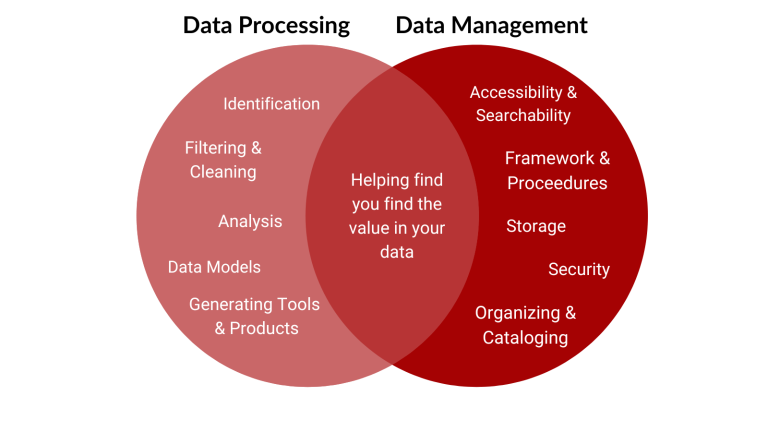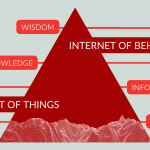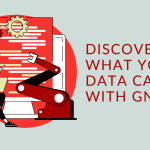
How We Design Custom Systems to Achieve the Best Possible Outcome
Many factors must be closely assessed when designing custom remote sensing systems. Whether using SAR, Optical Imagery, or Near Infrared, each system must align with the specific needs of the client and the data needed. From resolution to data collection to platform integration to budget, the timeline for all factors must be assessed for optimal results.




